/gchat is an ongoing column on guilds and the fun, conflicts, laughs and rage-quits they contain. If you have a topic you’d like covered, drop our guild guru Jemima Moore a line!
Raid Team Selection. Yep, I said it. It’s a dirty word. It’s an ugly word. Ok, it’s three words but I’m bringing them out of the closet and shining a light on the shabby, shameful, heart-wrenching world of raid team selection – no holds barred.
The oldest and arguably most maligned way to assemble a raid team is the Playground Panel.
It comes in many forms from “everyone be on at 7 and we’ll see who’s on” to “I’ll be picking teams based on class balance and gear” and is often characterised by a green wall of furtive questions around 7:15pm AEST: “Are we raiding tonight?” “What time is it starting?” “Have invites gone out yet?” It may seem harmless enough, but rest assured it’s all a euphemism for “I’m too lazy to care about anyone ‘cept me and mah boyz.”
It’s a bad system. Designed and perpetuated by a select few who want the maximum number of warm bodies to fill raid slots for the minimum effort. It promotes elitism, anxiety, dissent and disappointment as even the most seasoned raider can’t help feeling at least a momentary lump in the throat wondering whether they’ll get to go – and only the biggest narcissist will leave someone behind without at least a momentary twang of guilt. The best case scenario is you didn’t set aside an entire evening for nothing and the majority of the team made it through the selection process with enough confidence intact to actually perform.
Thankfully, this arcane system of selection has evolved and most guilds have moved on to more structured modes of selection. If yours hasn’t, I suggest you shop around.
The Rotating Roster with a Team Split Twist is the most common of these. Guilds divide their raiders into fixed, over-sized teams and schedule the extras on a rotating stand-by schedule.
It’s a much fairer method and provides a lot more flexibility in terms of attendance. Plus there’s an argument that sticking with the same people in the same roles makes progression easier and more efficient. There are some hidden drawbacks though.
Tanks and healers are typically not rotated as much as dps. If they are, it falls on a few members of the team to maintain two sets of gear and the skills to fill those roles on odd nights.
The counter-argument to easier and more efficient progression is reduced development of skills across the broader team which often makes the next fight harder. Plus, you’re back to wiping a few times on a boss you usually one-shot when that key taunter/runner/add collector isn’t around.
It sucks to have your standard rotation night come up just after you spent an entire evening wiping on a boss and know the team will kill him next raid without you. The only things that sucks worse is having it happen twice.
Then there’s the ‘guild killer’ that’s more insidious than cancer: the A-team / B-team split. One team due to subtle (or not so subtle) differences in make-up, happens to progress faster than the other. Maybe that team has an extra taunt, a speed boost or a min/maxing dps of a certain class that makes a hard boss just a little easier. The acquisition of gear and new skills they’re developing skyrocket them ahead of the other teams and A-grade egos develop in line with an A-team tag. As the gap in progression widens, so does the ability for players to interchange teams and, over time, the individual groups become insular and cliquey. A vicious circle ensues until one day someone wonders out loud why they’re tolerating the whiney/egotistical pack of QQers/l33t jerks on the other team at all. There’s usually casualties.
All too frequently, guilds with this make up can’t ride the ebbs and flows of raiding through multiple expansions and inevitably one team breaks away to form their own guild ready to start the cycle over again.
In order to overcome these problems, some guilds are now guaranteeing raid spots for players willing to commit to 100% attendance (or close to it) and are mixing raiders up from lock-out to lock-out. I call it “Will it Blend?” and Aftermath tried it this season. It’s not a perfect system by any stretch but it does engender whole-guild camaraderie, significantly reduces the drama surrounding kills and loot drops and that in turn develops both loyalty and pride in oneself and the guild. It also requires a team of skilled and committed raiders who show up every week ready to do anything but that’s kind of a chicken and egg thing. The downside is that without guilded raiders on stand-by, real life getting in the way becomes a huge issue. Assembling and balancing teams each week is no small issue and maintaining a wide and varied friends list to PUG from takes a lot of time.
As an aside, Murphy’s law holds true every time – a PuG will always win the /roll on set gear. And finally, when there’s no side door to nudge a lacklustre player to, it occasionally forces you to have conversations that are more honest than you’d like.
I can’t help but think there has to be a middle ground. On the one hand, it’s a game and requiring 100% attendance for a hobby is pretty hard core. On the other hand, less than 100% attendance when multiplied by the number of people in your raid team, means that somewhere between 7 and 24 people that set aside their evening are adversely affected to at least some degree every single raid.
In a good MMO, raids are hard enough that the individuals in the team need to work pretty hard on their class, their gear and their research to be there in the first place. Yet developers don’t allow any flexibility in raid size or balance for sickness, working late, someone’s 21st birthday, wife aggro or the Grand Final. Guilds and players are expected to somehow overcome real life and field a team of an exact size and class balance each and every week. Working within these limited parameters, it’s hoped that Raid Leaders can minimise disappointment, inconvenience and drama while providing a fulfilling and satisfying group experience for a set of highly competitive and motivated individuals.
Anyone else think these mechanics are somewhat at odds?
What BioWare, as a developer, has done to help is make a point of supporting server communities. On the Empire side of Dalborra end-game raiding guilds have embraced that. The GMs of Prophets of Agony, Tenacity, First Legion, Reach (now part of Violation) and Aftermath formed a network of guilds that “borrow” raiders from each other for the night or the week. We try and make sure all our raiders get a run through somewhere and we try our best to help each other out with any bodies we can muster when another team is short. There’s still a healthy dose of competition between the guilds, but there’s just as many woots and gratz in /1 Denova on Wednesday night.
Again, it’s not a perfect system but it is better than the sand-box shenanigans we suffered in primary school.
I’d love to hear your stories of the best and worse raid team selection techniques you’ve come across.
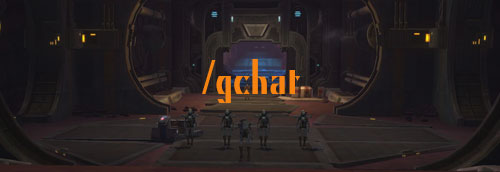
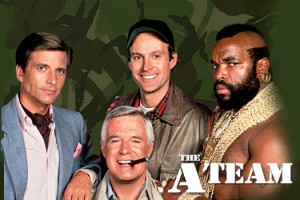
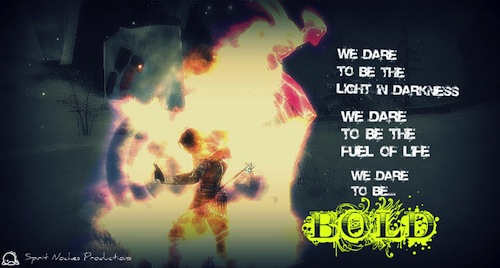
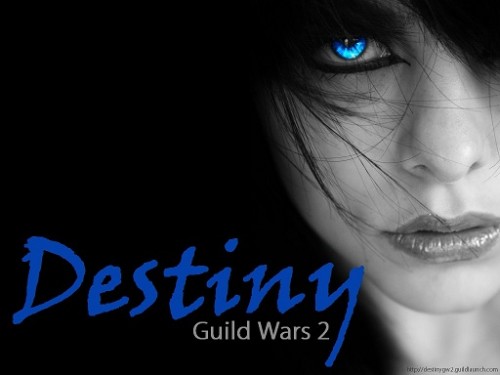
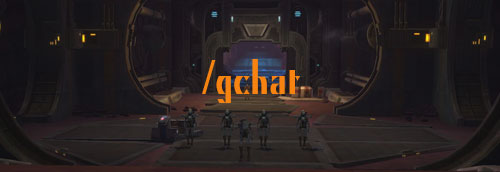



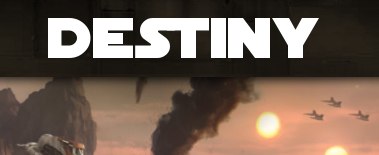
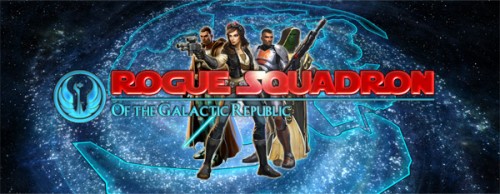

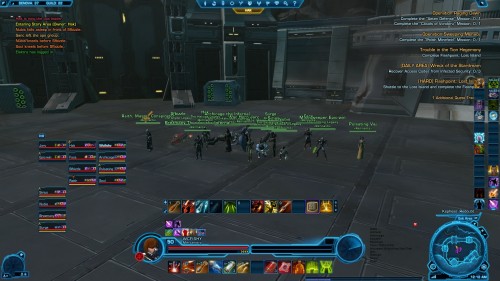
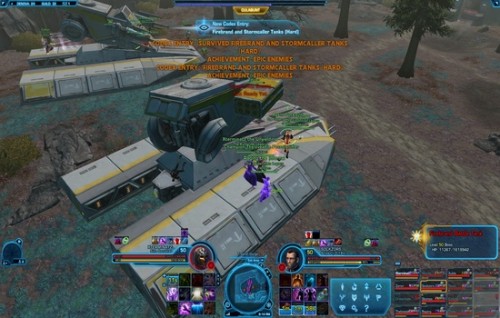


Recent Comments